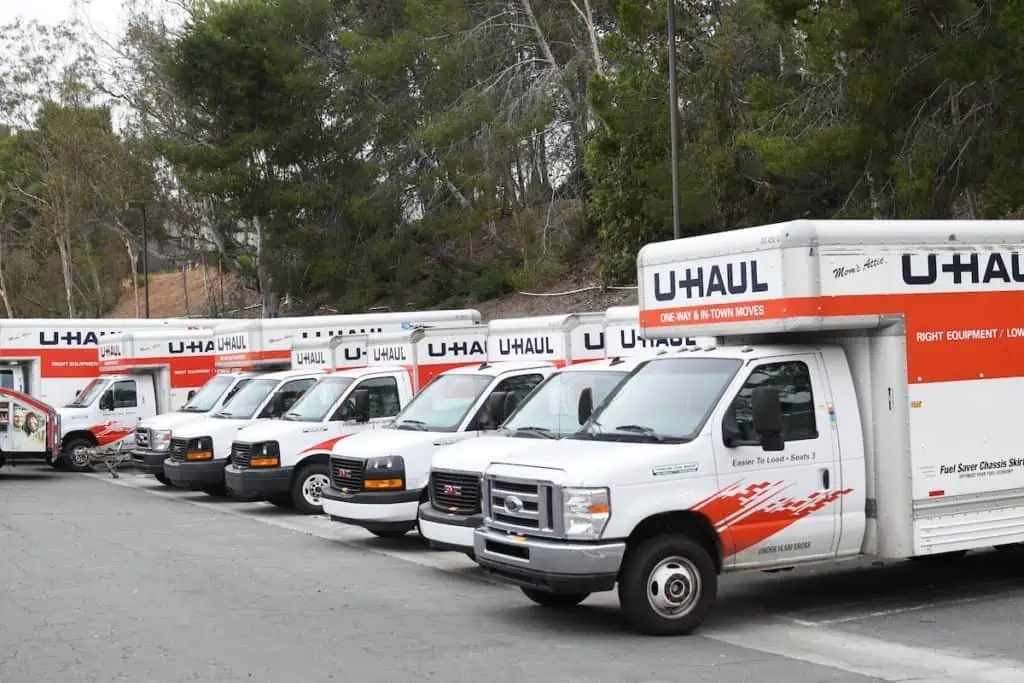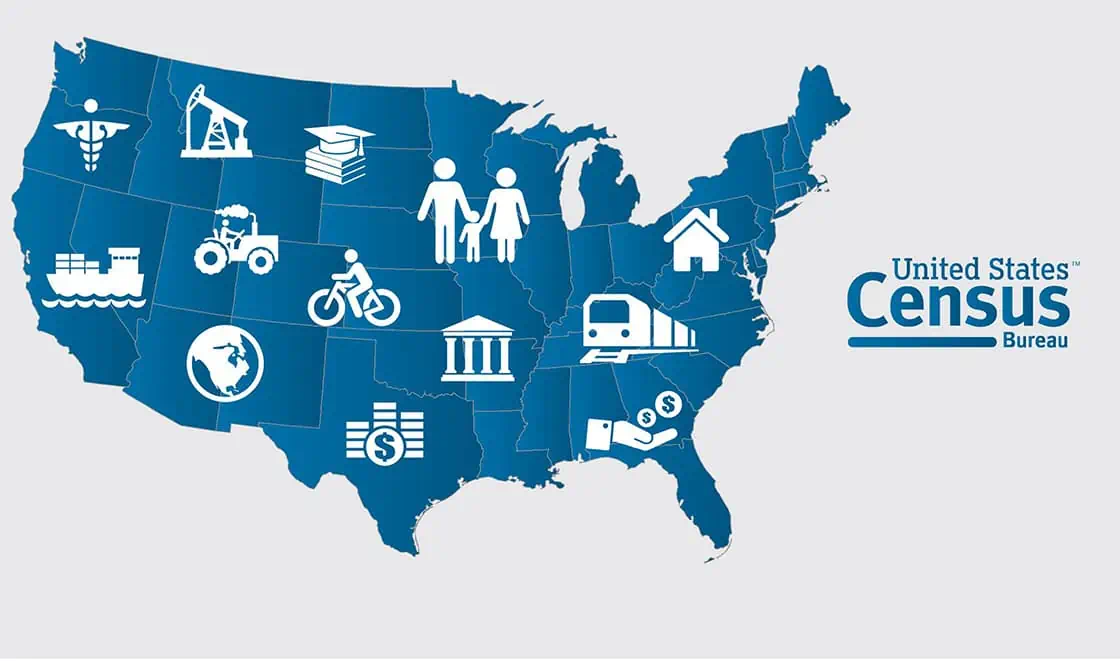Mayflower Transit is among the big long distance moving companies, which means it does everything from packing and unpacking your stuff, to transporting it to and from your destinations. If you hire Mayflower, you serve as a manager of the process without having to do any of the back-breaking work.
But should you go with Mayflower? Here’s my review.
Does Mayflower Operate During COVID?
This company views itself as an essential service, so it is operating during the coronavirus crisis with a new set of safety precautions derived by government and public health agency guidelines. Among the measures being taken are using a virtual survey tool rather than conducting in-home estimates, disinfecting moving equipment and your stuff, wearing gloves and masks, and making sure those involved are free of COVID-19 symptoms. This is not a guarantee they would have a negative test, but it reduces risk to some extent.
What Does Mayflower Offer?
Types of Moves
- Local
- Long-Distance
- International
- Military
- Corporate
- Small Moves
Quotes will vary and depend on the size of your home and the distance to your next residence. But all full-package quotes include:
- Your personal move coordinator
- Full Value Protection (unless waived)
- Standard transport of appliances (service/disconnect/connect not included)
- Qualified drivers and equipment
- Load, transport, and unload of household belongings
- Disassembly and reassembly of bed frames
- Standard furniture placement
Add-ons that will increase your quote and ultimate payment include:
- Storage
- Debris Removal
You don’t need to get this extra stuff, though. You can bring down the cost of the full-service move by customizing your packing and unpacking options. Some people hire local movers for partial packing or unpacking for cheaper, instead of having the company staff do it all.

Service Packages
For the add-ons and protection of your stuff, Mayflower has three basic full-service packages, known as:
- Essentials ($195)
- Plus 1 ($395), and
- Plus 2 ($595)
Their “Plus 1” and “Plus 2” offer any one or two of the following:
Services Offered
- Customized full-service options
- Packing and unpacking
- In-transit and permanent storage
- Debris removal
- PC and network disassembly and setup
- Home theater stand mount setup
- Home theater wall mount disassembly
- Move-out cleaning service
- Specialty items moving
- Electronics installation
- Car shipping
- Crating
Now, please recognize that you’re not going to be paying a mere $195 for your move if you choose the Essentials package. This price is on top of the “base price” – your quote, essentially – which includes all the basic services of the full-package move, and is based on the size and distance of your move.
“…my estimate was about $10,000.”
Essentials is the most affordable and serves as the base package. It includes additional valuation protection, gold standard protection, claim assistance, and identity theft protection. The Plus 1 and Plus 2 packages offer all those services and one convenience service, such as PC network setup, or two convenience services, such as PC network setup and destination debris pickup respectively.
How much does Mayflower Moving cost?
Full-service moves are notoriously break-the-bank expensive, and Mayflower Transit is no exception. The average long-distance move costs $5,000, according to ConsumerAffairs.com. All packages include claim assistance, loading and unloading, full-value protection, and an assigned moving coordinator. You can also pay more to get other services added (more below).
How do I know how much my Mayflower quote will be?

To get a quote, you must get a visual estimate, which means someone representing Mayflower or one of its local affiliates will walk through your home (either in real life or virtually) to see and measure what will be moved. While this provides a more accurate price, it makes the process inconvenient when you want to quickly compare options.
Here’s what is taken into consideration when Mayflower gives you a price:
- Date of your move – The day of the week and time of year can change the price
- Seasonality – Summer tends to be more expensive because that is when many people decide to move. Winter is cheaper
- Distance of your move – How far will the driver have to travel to get your stuff from point A to point B
- Size of your home – This is a good indication of how much stuff you’ll have to have transported
- Weight/volume of your belongings – The size and heft of your stuff plays a big role in determining the price of a full-service move
How My Estimate Went
Before the pandemic (and maybe in the future), a representative would walk you through your home to survey the items that you wanted to move. For example, I had some things I planned on selling at a yard sale, a few things that belonged to family members, and stuff I was going to toss (hello, baby toys for my 8-year-old son). Lately though, you’ll be using your smartphone to conduct the home survey that will result in the estimate of the weight of your personal belongings.
The estimate includes:
- Your personal move coordinator
- Load, transport, and unload of household belongings
- Full Value Protection (unless waived)
- Disassembly and reassembly of standard bed frames
- Standard transport of appliances (service/disconnect/connect not included)
- Standard furniture placement
- Qualified drivers and equipment
Once the rep had a clear picture of what Mayflower would have to move, he used a formula to determine the weight of my goods. Then, he considered services, add-ons, and the distance (I was moving a 3-bedroom home from Fort Lee, New Jersey to Kissimmee, Florida) to determine my estimate was about $10,000. The average cost of a move is $5,000 and long-distance moves of bigger homes obviously can cost even more.
The one thing to keep in mind is that you cannot get a ballpark figure to compare prices with other companies. But even in the chat, the representative was adamant that estimates are only given after getting a visual of the stuff you’ll be moving.
“…customization allows you some control over the final price, but it all depends on the weight of your stuff and the distance you’re moving.”
Pros of Moving with Mayflower Transit
Mayflower Transit is an industry veteran.
This company is an elder of the moving industry. As a result, it has garnered years of experience transporting people’s stuff – all sorts of stuff – from state to state and even country to country. They also have a massive infrastructure that local moving companies could never compete with. Mayflower’s history gives customers confidence. After all, in an industry rife with fly-by-night organizations, Mayflower is a standout for its nearly century long endurance.
You can take advantage of add-ons.
As is the case with any full-service moving company, Mayflower will take care of every detail of your move while you serve as a supervisor. But they will go above and beyond if you want to pay extra. You can get debris removal or storage, for instance. You can even have Mayflower set up your internet at the new place. You truly won’t have to lift a finger if you’re willing to pay.
No matter where you live, you’re likely to find Mayflower near you.
Customers can receive service from one of more than 500 locations. As a result, you can get help from Mayflower from almost anywhere. In addition, Mayflower even conducts international moves, so its reach is clearly far and wide.
Mayflower now offers “Snapmoves”
In the last few years, Mayflower has built in more flexibility for its customers. The company offers Snapmoves, an option for when you might need Mayflower to move a few items or make a small move. You can mix and match services and only pay for what you need. Even if you’re making a big move, you can work with the company to ensure your move entails the services you need and nothing else. This customization is a pro because it helps you get exactly what you need and it can influence the cost of your move.
Moving far away?
Do it cheaper.
HireAHelper.com can save you up to 40%, compared to traditional interstate van lines.
Compare our long distance moving company options.
Cons of Moving with Mayflower Transit
You will (probably) bust your budget.
Full-service moves are notoriously expensive and Mayflower Transit is no different. The cost may be worth it to you if you cannot physically participate in your move or if you just don’t want to do the work and can afford it. More power to you if that’s the case. Most people, however, will find it hard to justify the costs when there are other options. That was my experience with Mayflower.
Getting an estimate is an inconvenient process.
To get an estimate, you must have some sort of walkthrough either with a live representative or virtually. It’s rather inconvenient because most people would much rather get an idea of the price before calling for an estimate. After all, you can easily rule out other options as you determine they are way out of your price range. But customization allows you some control over the final price, but it all depends on the weight of your stuff and the distance you’re moving. So, the only way to know for sure is to go through the entire estimate process. Ugh!
Reviews of regional agents vary from place to place.
Truly, you cannot make generalizations about Mayflower agents. The good news is that Mayflower has such a wide reach that you’re likely to find an agent nearby. The bad news is that you could have a different experience depending on where you are. The quality of service and some of the details of your move could change from place to place. This means you’ll have to research reviews and learn about the differences among local Mayflower agents.
Long distance move alternatives to Mayflower
There are a number of companies specializing in long distance moves, most with similar pricing, operations, services and follow-up processes. Our sister company Moving Place can also adapt to your move, either if you want to drive or want to hire someone to do the long distance drive for you, at a reasonable price.









